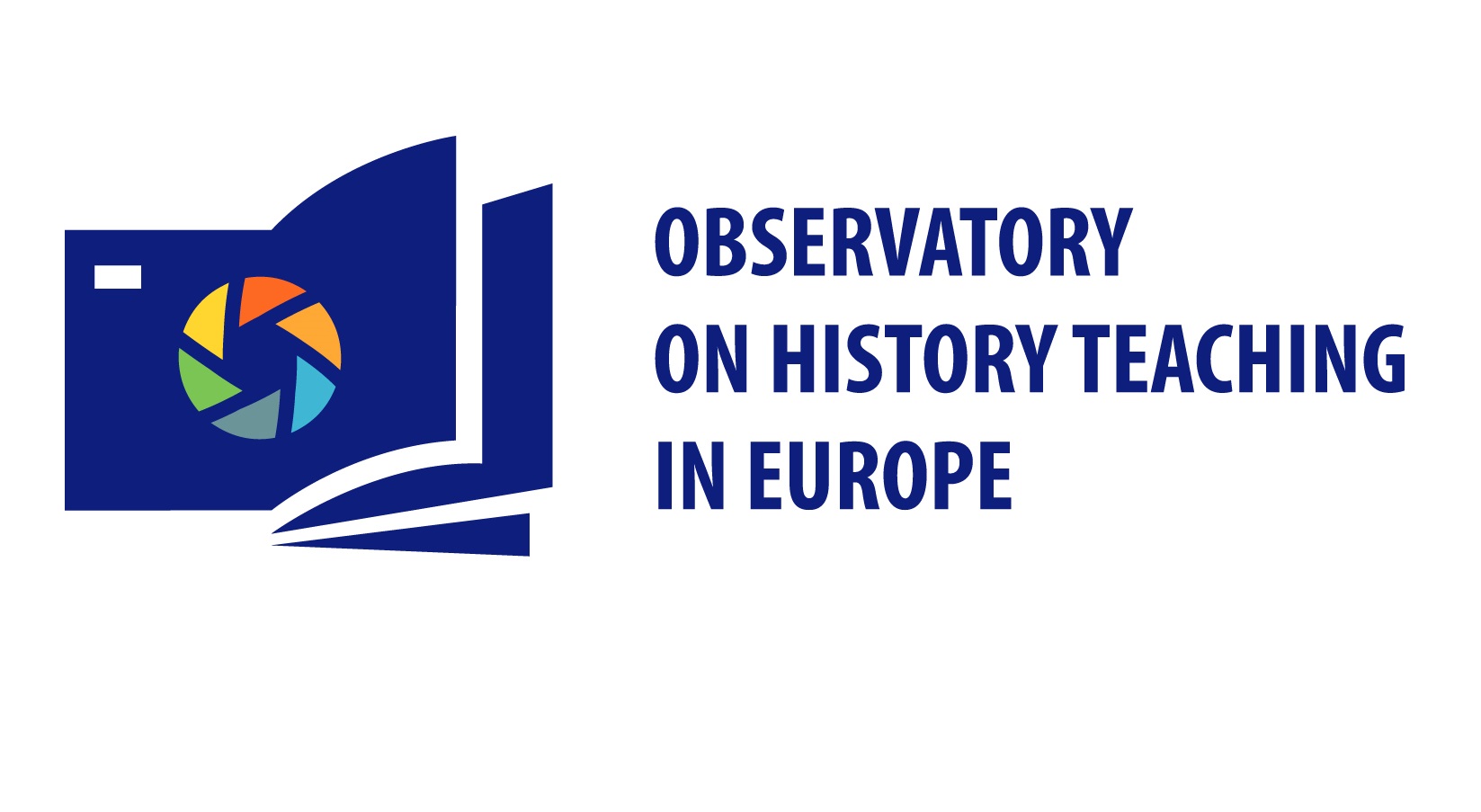Andorra
STRUCTURE OF THE NATIONAL EDUCATION SYSTEM
|
Compulsory / non-compulsory |
Level |
Schooling system |
|||||
|
Andorran |
French |
Spanish |
|||||
|
Term |
Age group |
Term |
Age group |
Term |
Age group |
||
|
Compulsory |
ISCED-1 |
Primera Ensenyança |
6-12 |
Écoles élémentaires |
6-11 |
Educación primaria |
7-13 |
|
ISCED-2 |
Segona Ensenyança |
12-16 |
Collèges |
11-15 |
Educación secundaria obligatoria |
13-17 |
|
|
Non-compulsory |
ISCED-3 |
Batxillerat |
16-18 |
Lycée |
15-18 |
Bachillerato |
17-19 |
|
Formació professional (vocational education) |
16-19 |
Voie générale et technologique (general and technological path) |
|
||||
|
Diploma d’ensenyament professional |
16-18 |
Voie professionnelle (professional path) |
|
||||
|
Titol de batxiller professional |
18-19 |
|
|
||||
|
ISCED-1: Primary education ISCED-2: Lower secondary education ISCED-3: Upper secondary education |
|||||||
The Andorran state, through the Ministry of Education and Andorran schools, prescribes the Andorran school curriculum, with the participation of the schools, teachers and students. Three other schooling systems operate in the principality, so Andorra has four education systems in total: Andorran (4 502 students), French (3 430 students), Spanish (2 738 students) and one British private school (165 students).
However, only the Andorran, French and Spanish public schools and Spanish concerted schools are considered as public schools, where tuition is free.
Schooling in Andorra is compulsory between the ages of 6 and 16 for all four co-existing education systems.*
Ministry of Education and Higher Education
*OHTE Thematic report on "Pandemics and natural disasters as reflected in history teaching"
HISTORY IN SCHOOL
Data are currently being collected for the OHTE general report.
At primary and secondary levels, history is not a separate subject but is instead incorporated into social sciences. From the ages of 6-10 children are usually in mixed-age classes and learn reading, writing, art, music and physical education, in both Catalan and French, with English added from age 8. During the final two years of primary education (ages 10-12), history forms part of social sciences; this continues at lower secondary level.
The Andorran education system prescribes generic content that schools and teachers can choose whether or not to select and implement in their planning.*
*OHTE Thematic report on "Pandemics and natural disasters as reflected in history teaching"
HISTORY CURRICULUM
Data are currently being collected for the OHTE general report.
This section will provide an overview of available guidelines and curricula for history lessons, as well as information on the roles and responsibilities of different authorities and institutions in developing the curricula. It will also present data on the curricula profile, structure, aims, periodisation, content and the levels of historical analysis.
Curricula workstation by GEI (History curricula search by country)
LEARNING OUTCOMES AND ASSESSMENT
Data are currently being collected for the OHTE general report.
This section will contain information on the learning outcomes set for history lessons within the different levels of education and on the methods of testing and assessment used in history examinations.
EDUCATIONAL RESOURCES AND PEDAGOGY USED IN THE HISTORY CLASSROOM
Data are currently being collected for the OHTE general report.
This section will host data on the study material and teaching practices used for history teaching within the different levels of education.
International TextbookCat (GEI collection of Textbooks and Educational Media)
HISTORY TEACHERS
Data are currently being collected for the OHTE general report.
In regard to teacher autonomy, teachers in Andorra have the right to decide individually on the content taught and the teaching methodologies used. Teaching methodologies are not regulated by the state and the state does not approve or produce textbooks, teaching materials or other resource.*
*OHTE Thematic report on "Pandemics and natural disasters as reflected in history teaching"
THEMATIC DATA
The Observatory on History Teaching in Europe also provides thematic studies on given topics.
2022: Pandemics and natural disasters as reflected in history teaching



